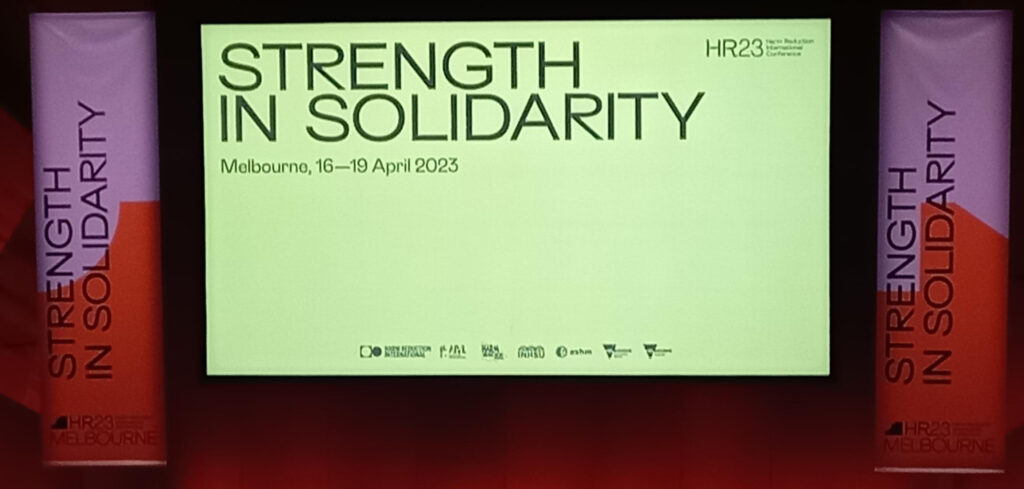Chronic hepatitis C virus (HCV) infection affects around 3.5 million children worldwide, and in Australia, it’s estimated that it affects at least 4 children per million under 15 years old. Children with chronic hepatitis C infection can suffer from reduced quality of life, social stigmatisation, and inadequate access to specialist care. As with adults, the disease can progress to hepatic fibrosis, chronic liver disease, and hepatocellular cancer.
Fortunately, direct-acting antiviral (DAA) treatments have revolutionised the management of hepatitis C viral infection, and in April 2020, age restrictions were removed for three of the DAA medications subsidised in Australia by the Pharmaceutical Benefits Scheme (PBS). Early treatment of hepatitis C in children is cost-effective and reduces the lifetime impact of chronic liver disease and its after-effects.
Recently, a study (published in the Medical Journal of Australia) was conducted to examine outcomes for children under 18 years of age with hepatitis C infection, and treated with DAAs during between April 2018 and April 2022 at five children’s hospitals in Australia.
Cases were identified by a retrospective medical record review of all children treated for hepatitis C during the study period. The study found that DAA treatments were well-tolerated and highly effective in children consistent with their efficacy in children and adolescents in clinical trials.

Out of the 54 children with hepatitis C infection who commenced DAA treatment at the five participating hospitals during the study period, 50 children completed treatment and were followed up. The median alanine transaminase (ALT) level declined significantly after treatment, indicating a clinically significant improvement. Four children had foetal alcohol spectrum disorder, and nine patients were Aboriginal or Torres Strait Islander people. Perinatal viral transmission was suspected in 51 cases.
DAA treatments are now attainable in Australia in normal practice for children with hepatitis C infection, using standard oral preparations, as outlined in the recent Australasian Society for HIV, Viral Hepatitis, and Sexual Health Medicine guidelines. Screening infants and children at particular risk should be the priority, with a focus on early referral to tertiary specialists with experience in treating hepatitis C infection in children.
Treating infected Australians early in life will minimise the risk of their lost to medical follow-up, reducing liver-related morbidity, social stigmatisation, and the risks of vertical and horizontal viral transmission prior to adolescence when activities that increase hepatitis C infection risk increase.
The benefits of DAA therapy for children with hepatitis C infection are now within reach in Australia in normal practice, which can only help us reach the World Health Organization’s ambitious target of eliminating hepatitis C globally by 2030.
Last updated 14 March 2024
More from:
Enjoyed this article? Subscribe to be notified whenever we publish new stories.
Subscribe for Updates









